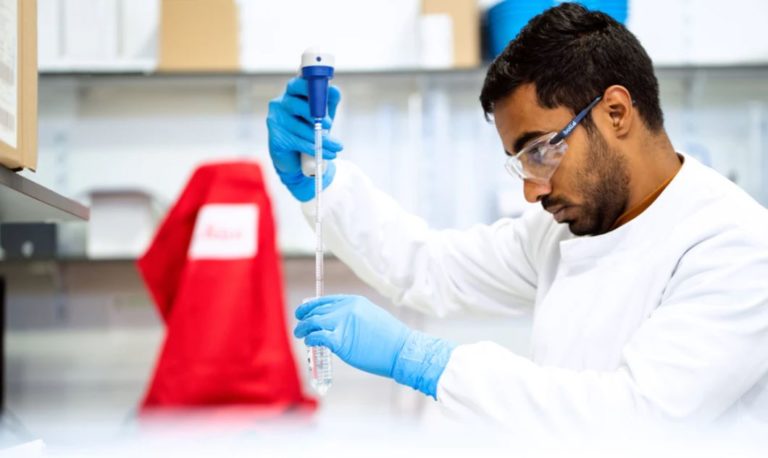Separating antibodies from advanced mixtures is commonly achieved through chromatographic or non-chromatographic methods. Yet chromatography results in higher purity ratings when the right techniques and resins are used.
Although this usually involves higher costs, especially when separating antibodies for large-scale production, the methodology is solid and the results almost unparalleled. Of course, the method is often only as good as the solid phase used. All the more reason to insist on using the best chromatographic antibody purification resins available.
Classifying Antibody Purification Methods
Although there are many techniques that help in separating and purifying antibodies, there are also three main classes of methods you need to know about.
Physicochemical Fractionation
This type of method involves size-exclusion or more often solid-phase binding based on charge, size, and common chemical characteristics. It’s a method used to isolate a specific subset of proteins which include immunoglobulins.
Antigen-Specific Affinity
During affinity purification, only specific antibodies get separated and purified. This method targets antibodies which bind to a certain antigen molecule, when exposed to a unique antigen-binding domain. This is useful as it can purify all antibodies binding with that specific antigen, without discriminating based on isotope or antibody class.
Class-Specific Affinity
This is a more broad-spectrum method if you will. It uses solid-phase binding of specific classes of antibodies. The binding is done by ligands such as proteins and lectins, among other biological ligands with unique affinities to immunoglobulins.
As a result, all antibodies in that class, in the sample, get purified without regard to any antigen specificity.
What Types of Chromatography Call for Resins?
When talking about resin applications there are three methods that come up more than others. There’s affinity chromatography, ligand coupling, and size-exclusion chromatography. These chromatographic methods always call for resins
for the solid phase and not, for instance, particle beads.
Affinity Chromatography
This is a chromatographic process that separates a specific biochemical mixture depending on the interaction between antibody and antigen, receptor and ligand, or enzyme and substrate.
It is mostly a one-step process but that is not always the case. It has the advantage of being highly sensitive compared to other techniques, offers high specificity, can be easily reproduced, and mostly, it ensures great quality of the pharmaceutical products.
It can be a cost-effective method too. In continuous affinity chromatography, columns can be eluted and then regenerated as others are loaded. More columns used equals more flexibility and extra regeneration time, thus reducing the cost of
resins and additional equipment.
The Praesto® range of antibody purification resins is tailored to improve the efficiency and production of continuous affinity chromatography separation processes.
Size-Exclusion Chromatography
This is a molecule separation method that differentiates molecules based on size. It relies on filtration in a gel medium with beads of specific sizes and distribution. Molecules separate as they pass through the matrix’s pores or the column.
Both methods, when using high-quality antibody purification resins, offer immense benefits in the research fields for biochemistry, polymer synthesis, diagnosing diseases, therapy, or other research applications
Hallmarks of a High-Quality Antibody Purification Resin
A high-quality resin can have many traits. What’s generally agreed upon is that antibody purification resins should have a high-flow agarose matrix, with high capacity, stability, longevity, and superior pressure-flow attributes.
Protein A is often the most common type of antibody purification. It produces high purity rates, it’s fast, and not hard to scale production with.
How to Find the Best Resins
There are a number of companies that have patented and created unique resins for antibody purification. That said, it’s always best to go with manufacturers that have more experience in the regulatory field as well as research and development.
Some companies are content with presenting the same resins year after year. Others prefer to continuously innovate in the resin-based technology field. It’s also important to assess the expertise as it relates to specific fields. While some manufacturers don’t step outside the food, beverage, or cosmetic fields, others tackle biochemistry and pharmaceutical applications too.
Go with the Leading Resin Manufacturers
Achieving high purity levels in antibody purification isn’t always easy or economical. The best results come at a cost. Yet for most pharmaceutical, medical, and biochemistry applications, the highest-quality resin available is always worth the extra cost.




